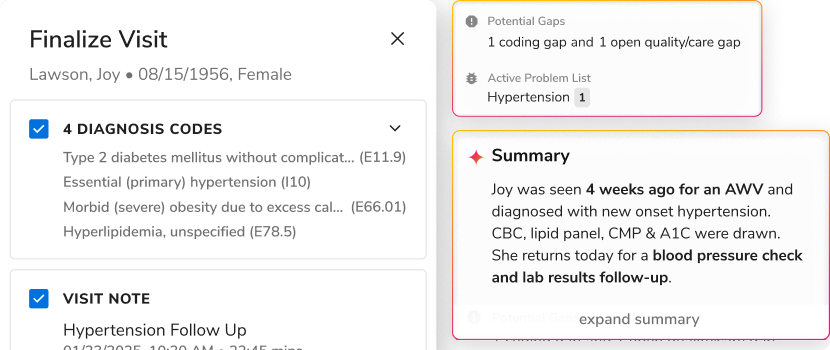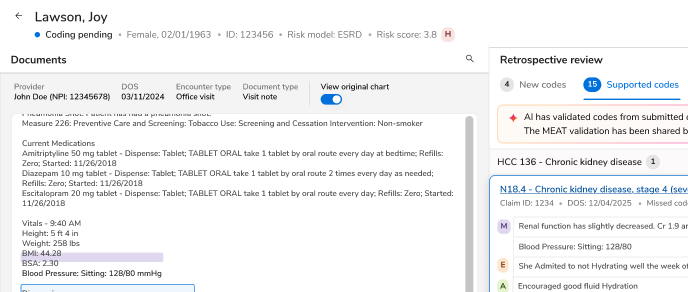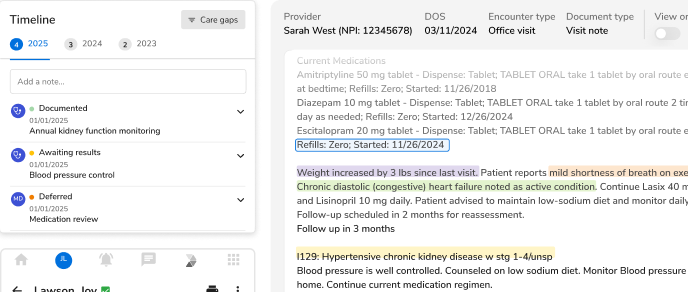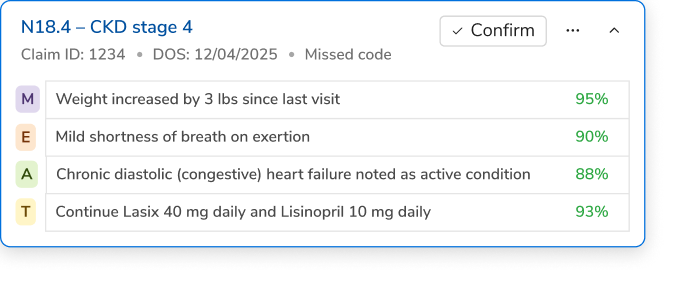Steps to Improve Operating Room Efficiency

Healthcare in the U.S. is an expensive affair. A survey revealed that hospitalizations in America that involve operating room procedures constitute 29% of the total 38.6 million hospital stays, including 48% of the total $387 billion in hospital costs. Operating Rooms create a massive amount of revenue for the facility. However, identifying the characteristics and costs of OR procedures and equipment can result in high surgical turnover, along with reduced postoperative complications, enhanced patient-centered outcomes, and higher patient satisfaction.
OR efficiency depends largely upon the coordination of multiple people, processes, and patient health data throughout the patient care journey. Seamless communication across the segments of care can facilitate this coordination and improve patient safety, quality of care, along with patient, employee, and physician satisfaction. Although, there is a lot more that needs our consideration to achieve optimum OR efficiency.
Improving Operating Room Utilization
In order to improve the OR efficiency in healthcare facilities, it is essential to work towards improving OR utilization. To bring the idea to fruition, it is the responsibility of everyone involved in the day-to-day operations in a perioperative care delivery scenario. The following steps can help achieve optimum OR utilization standards:
- Revised block assignments and reallocations
- Revised and documented scheduling rules and regulations
- Consistent monitoring of turnaround times
- Keeping track of how cases are prioritized
- Establishing quality indicators, like delayed starts, blocked utilization, and case lengths exceeding block time allotment.
Best Practices to Achieve OR Efficiency
The operating room is a complex and unpredictable environment, with multiple factors driving inefficiency.
- Analyze supply costs - The first step in the process is to analyze the costs involved in the process and label it as the price information shared to build awareness among the staff about the supply costs. This makes the staff more cost-conscious and changes their habits about the supplies that go unused.
- OR block time - blocks designated for individual surgeons usually planned for 4, 8, or 10-hour intervals, while an underutilized OR results in a financial loss for the hospital. An overutilized OR can lead to cases exceeding the schedule, decreased satisfaction, and overtime compensation for the hospitals. What best suits the situation is to balance the block times between under and over-utilization of the ORs. Block releases play a vital role in bringing flexibility to the schedule. Building release times into block schedules in advance allows schedulers to add cases to blocks that would otherwise go underutilized.
- Equipment availability - Keeping a tab on the availability of equipment can help avoid potential delays and gaps in the routine. It is smart to forecast potential problems for the next day's caseload and see if any simultaneous procedures may require the same piece of equipment. Or if there are any pieces of equipment experiencing technical difficulties or are under repair. Identifying these problems ahead of time can significantly help the surgeons and their teams. This saves on the OR time that would otherwise be spent looking for missing instruments, while also reducing the variable costs by reducing unused supplies.
- Time Check - Delay in beginning the OR routine results in a snowball effect. Tardiness in starting the first case can result in OR delays for the entire day, as the total duration of preceding cases increases.It is critical to ensure that the patients' medical records and other necessary documents are available before the case start time to minimize delays. Beginning from the patient’s admission until the time he/she is shifted to the PACU, every segment should happen within the allocated time.
- Controlled turnover times - This refers to the patient’s in-time to patient out-time. Turnovers are different from delays and are considerably less than one hour while delays surpass an hour. Lengthy turnovers can result in significant dissatisfaction among surgeons, who see them as lost OR time that could have otherwise been scheduled for other cases. Thus, it is important to perform a microsystem assessment, data gathering and analysis to enhance patient and staff satisfaction and facilitate staff communication in order to reduce turnover times and reflect better health outcomes.
There is an acute need for seamless coordination and communication between the different segments of care. This fundamental goal can be achieved with the help of data activation and integration, wherein the information from disparate sources can be made available in real-time in an easily consumable, robust format.
To find out more about how AI and data activation can enable better OR efficiency, get a demo.
For more updates, subscribe to our newsletter.

.png)





.png)









.svg)
.svg)

.svg)

